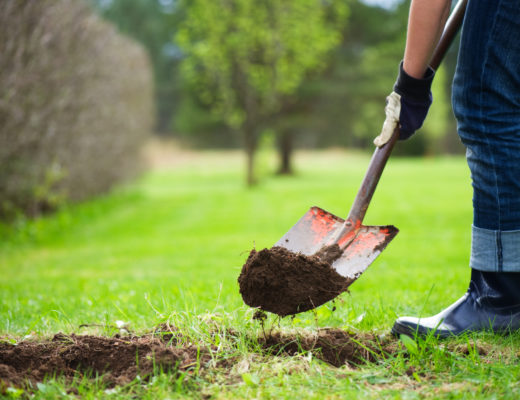Watching your trees endure the cold winter can be grueling, especially if it is their first. In our attempts to save our trees we often do more harm than good. Here are three tips to keep your trees healthy this winter.
- Avoid shaking limbs to remove snow. After a heavy snowfall it can be tempting to try to remove accumulated snow from your trees branches. It’s understandable, they probably look a bit droopy under the weight of the snow. But trees are more resilient than we often give them credit for. There is a much higher chance that you will damage the limb or branch by shaking it than there is that you will help the tree.
- Don’t attempt to clear ice covered trees or limbs. If a winter storm has left your tree covered in a sheet of ice, don’t panic. From the ground (do not climb up into an icy tree) check for damaged or broken limbs. If you do not see any damage then the best thing to do is wait it out. However, if the storm has damaged part of the tree…
- Consult a professional arborist. Arborists have the necessary training and equipment to assess and take care of your tree. In some situations the damaged limb will be at a height you can reach while still on the ground, for instance a lower limb on a young or ornamental tree. In this case, if you are comfortable with pruning, you can use our pruning guide to correct the issue.
Winter is a wonderful time to enjoy trees. A snow-covered evergreen or glazed crabapple can make quite an impression. So keep these quick tips in mind and go soak in the crisp beauty of winter.




This is some really good information about caring for your trees in the winter time. My yard has several large trees around it. So, I liked that you pointed out that it might be smart for me to talk to an arborist about things I should do to keep them from tipping over or losing limbs.
Getting the advice of a certified arborist is always beneficial. And they will tell you things about your tree you may not have known. Visit https://www.treesaregood.org/findanarborist to find in arborist in your area.